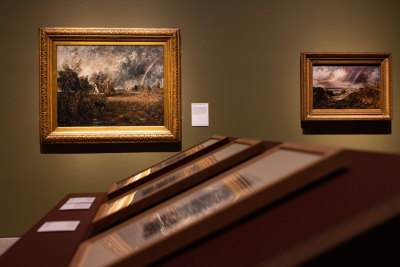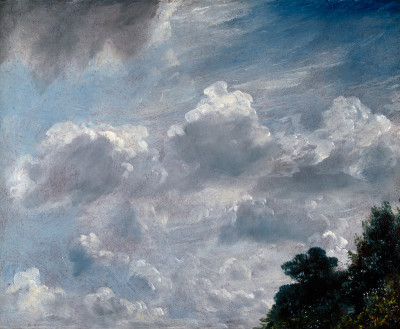Object of the month: September 2014
Object of the month: September 2014
L. S. Lowry RA, 'Station Approach', 1962
By the RA Collection team
Published 5 September 2014
Combining several elements of his work, this piece features the crowds common to works by Lowry, who often painted from memory or imagination.
-
Laurence Stephen Lowry (1887-1976) is remembered for his highly individual portrayals of industrial Manchester and Salford. His considerable output, which also included landscapes, coastal scenes and figure studies, is particularly remarkable given that he held down a full-time job as a rent collector for over 40 years. Lowry kept this occupation secret to avoid being known as a ‘Sunday painter’, often painting his canvases late into the night. Unsurprisingly, he described this pursuit as “damned hard work”.
Born in Stretford, Manchester in 1887, Lowry showed an interest in drawing from an early age. In 1904 he joined an accountancy firm but attended evening classes at Manchester Municipal School of Art and later Salford School of Art. Nevertheless, Lowry claimed to be self-taught and his work is famous for its deliberate naivety. Though his work eventually had great popular appeal, public recognition came late in life for Lowry, and it was not until he was the advanced age of 74 that he was elected a Royal Academician.
-

LS Lowry RA, Station Approach, 1962.
Oil on board. 407 X 509 X 4 mm. Photo: RA/Prudence Cuming Associates Limited © Royal Academy of Arts, London.
-
This painting shows the approach to Exchange Station in Manchester, and combines several characteristic elements of his work. Lowry chose to depict the city centre rather than the factories and terraced houses of an industrial area, but the somewhat detached view of a frenetic, bustling crowd is a common feature of his work. He portrayed the scene in typically simple black outlines, contrasted against expanses of white and buildings painted in red, grey and ochre. The heavy sky is tinged with grey, partially obscuring the background landmarks, including the tower of Strangeways Prison on the right.
Fond of saying “I only paint what I see, you know”, Lowry nevertheless habitually painted in his studio from memory or imagination. He first depicted the approach to Exchange Station in 1960, repeating the same view for this work. His interpretation of the architecture of the station façade varies in each case and he took particular liberties with the statue of Oliver Cromwell that stood at the junction, transforming it into a light-hearted figure directing the traffic. Exchange Station was built in 1884 but closed in 1969 and has since been demolished.
Find out more about L. S. Lowry RA in the RA Collection.




